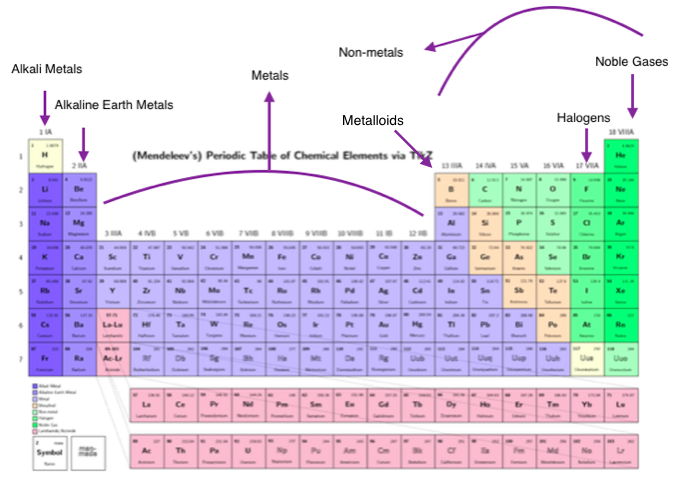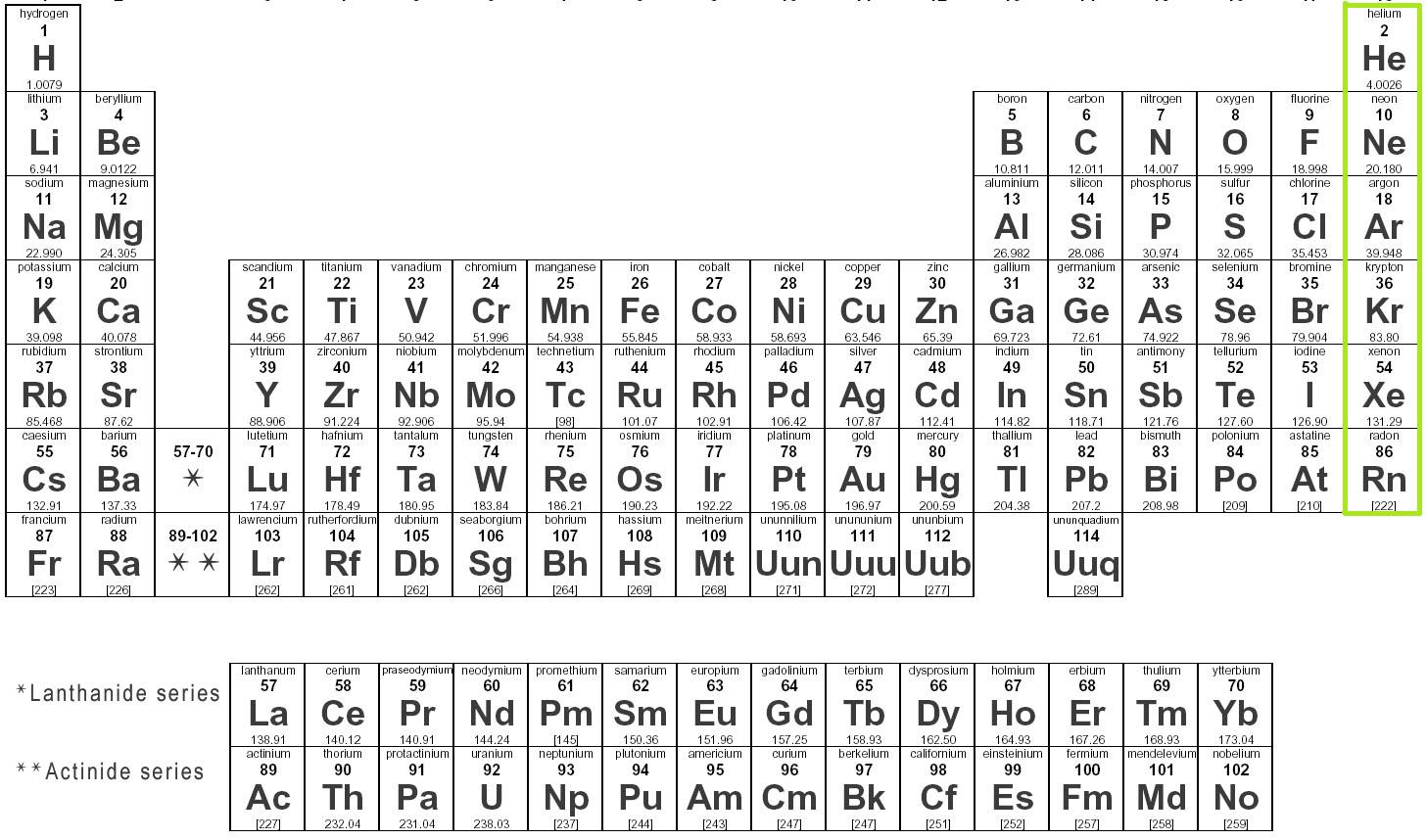

The ONLY reason we can store it in containers like steel is because it forms a fluoride coating on the metal surface which prevents any further reaction taking place with the fluorine. Indeed, fluorine is so reactive that it reacts with most substances vigorously! Halogens react with most non-metals to form covalent halides, and the reaction with fluorine is always the most vigorous! There is a trend in the reactivity of the halogens, they become less reactive as you go down group 17 from top to bottom. These hydrogen halides are all covalent molecules and exist in the gaseous state at room temperature and pressure. So let's consider the reaction between halogens and hydrogen to produce hydrogen halides. We expect fluorine to be more reactive than chlorine, and chlorine to more reactive than bromine, and bromine to be more reactive than iodine. Halogen atoms are all capable of gaining an electron to form the negatively charged halide ion (general formula X -), but fluorine will do this more "completely" than iodine for example.Īs the radius of the atom increases down group 17 from top to bottom, and the valence shell electrons are increasingly shielded, the positively charged nucleus exerts less of an attractive force on the electrons so it has less ability to attract electrons towards itself, hence, electronegativity decreases down the group from top to bottom.Īnd this means the chemical reactivity of the group 17 elements also decreases going down the group from top to bottom! Secondly, this ability to attract electrons towards the nucleus of the atom decreases as you go down group 17 from top to bottom, fluorine is more electronegative than chlorine which is more electronegative than bromine which is more electronegative than iodine. Remember, gaining an electron is favourable for halogens because it enables them to form an anion with the same electron configuration as a stable Group 18 (Noble Gas) element.

This is why we say that the properties of group 17 elements become more metallic in character as you go down the group from top to bottom, even though all the elements in group 17 are non-metals.įirstly, all the halogen atoms are very electronegative, they are all very capable of pulling an electron towards themselves. Pale yellow to greenish-yellow to reddish-brown to gray There is also a gradation in the colour of the elements going down group 17 from top to bottom: We can infer that there is a gradation in the intermolecular forces acting between the molecules such that the strongest forces of attraction act between iodine molecules and the weakest forces of attraction act between fluorine molecules. The melting point of a substance reflects the amount of energy required to weaken the forces of attraction between molecules ( intermolecular forces), the higher the melting point the stronger the forces of attraction between the molecules.

Going down Group 17 from top to bottom the elements change from gaseous state to liquid to solid. We can see a trend in the states of matter. Summary of trends in the properties of Group 17 elements is shown below:


 0 kommentar(er)
0 kommentar(er)
